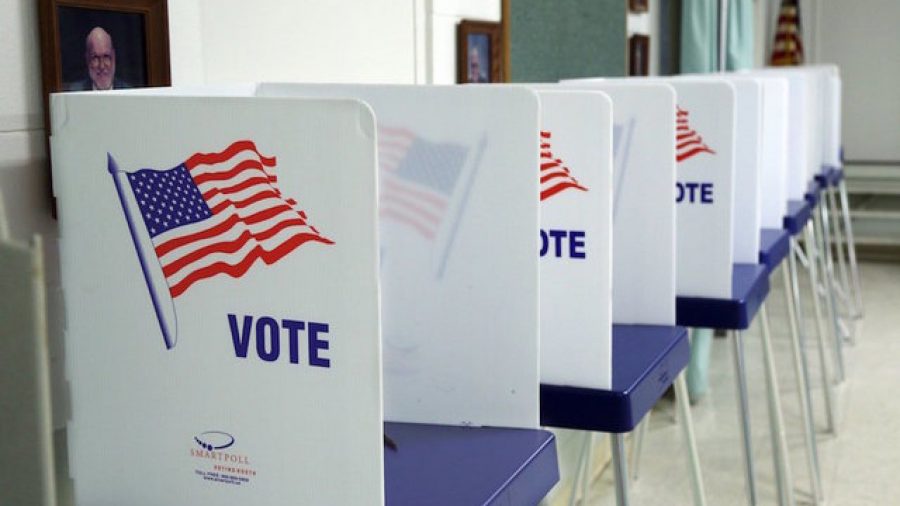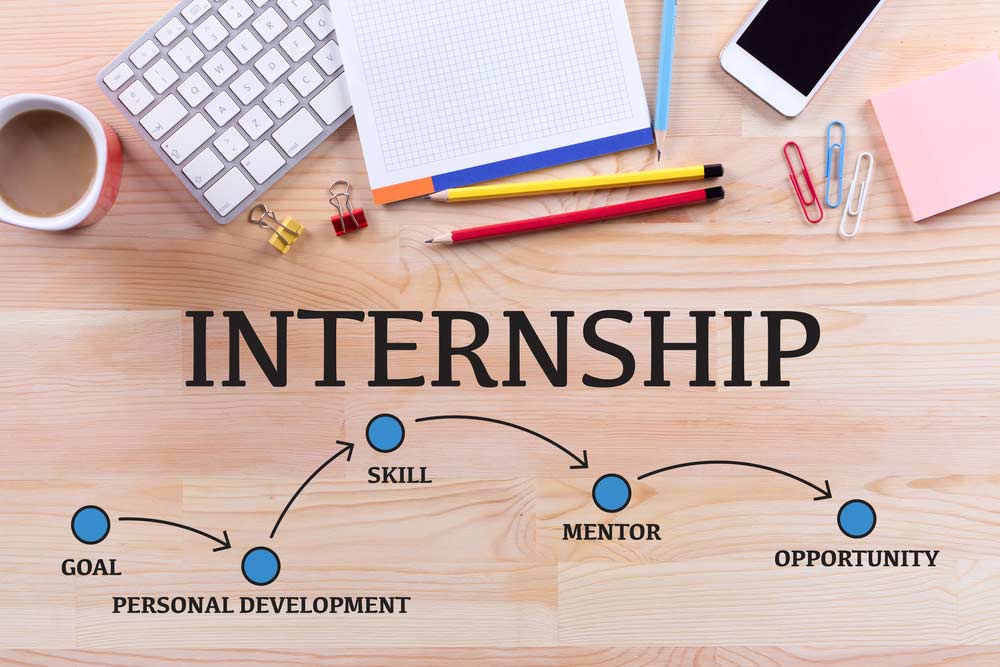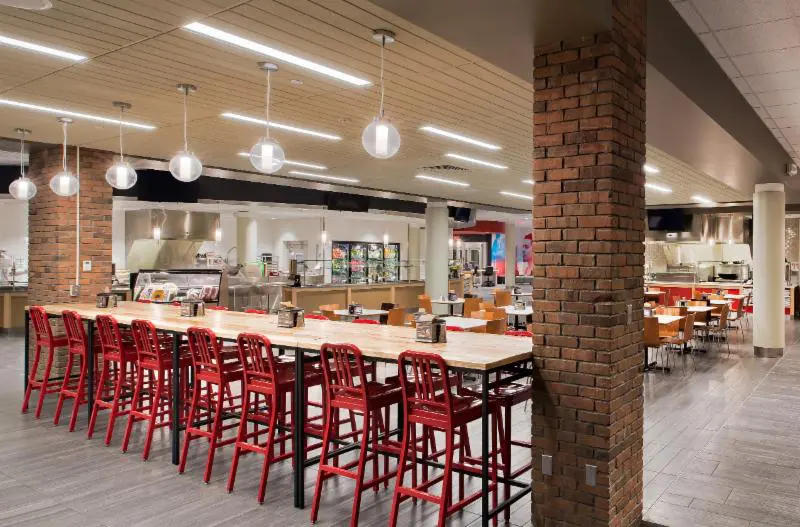Faster Voting is Achievable
November 4, 2020
There is no time like the present to improve upon our current system, especially when it comes to voting. No, I am not talking about the way we vote. There are positives and negatives to all different types of voting schemes, whether it is a popular vote, the electoral college, or even a ranked voting system. Instead, the improvements we can make that are much easier to implement are the way we tally votes around the nation. In a nation that moves as quickly as ours, with individuals being constantly bombarded with information and news, it is incredibly tough to be patient and wait for results.
This has become incredibly evident in this year’s election. Throughout our nation, citizens are awaiting the results of the presidential election with bated breath. The future direction of our nation relies on the results of this election. During an era where we can send information quickly through invisible signals to people on the other side of the planet, it seems very primitive that we do not have a reliable means of scanning ballots. Instead, it has had to even result in hand-counting ballots. There has to be a better way to count votes and quickly provide a quick, decisive, and accurate result.
The problem with many of the ideas that have been used to modernize voting machines is that they require an online component, which leaves the risks of hacking or fraudulent voting. Using an app or website for voting could cause voter fraud in the case of people who vote for relatives or even deceased individuals. Electronic voting could also cause a technology or economic disparity by affecting voters who may not have access or be fluent with more modern technologies. These problems result from having electronic machines; this is why any update should be to a mechanical system. In-person voting is ideal to limit voter fraud. Have an individual come in to give their registered address and then verify with a form of ID is perfect.
Finally, to accurately tally the vote, having a built-in counter to each machine is ideal. Instead of having someone vote, then taking that information somewhere else to be tallied, why not just have the individual count their own vote. Either using a small item like a metal pellet or serialized encoder that would emit a signal to a display. This would mean that when the polls close, the only thing that needs to be done is for someone to read that display and report the number. This would mean that when a state closes, the only thing that would need to be done would be to add up the polling locations values from that state, which would take approximately 10 minutes instead of the three days we are currently seeing. This assumes all ballots are cast in person, but there is also the need for absentee ballots. The only change needed to allow for the votes to be counted by the polls closing time is that all absentee ballots must be in by the morning of election day to be counted throughout the day and be ready to be submitted at closing time for that location.










